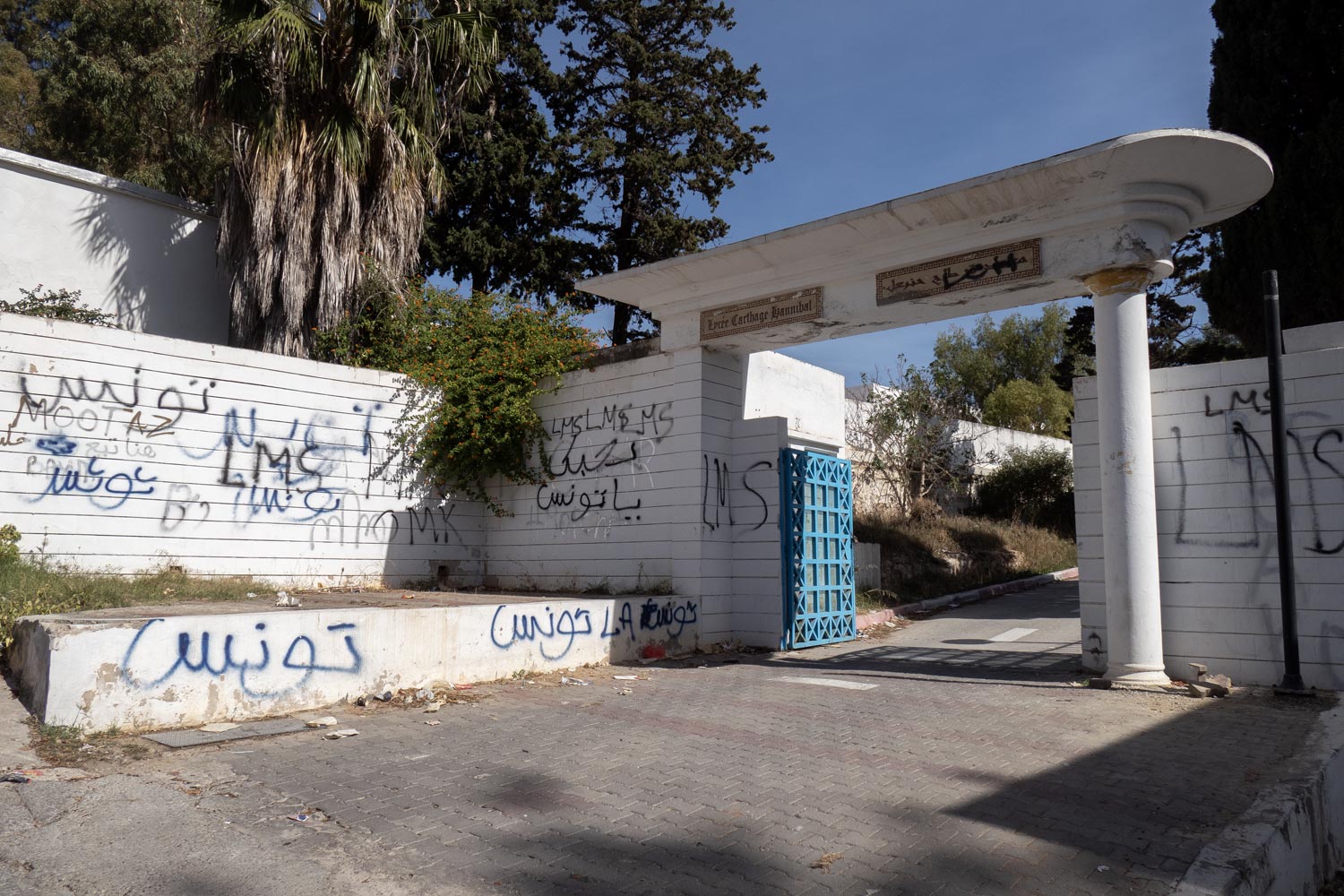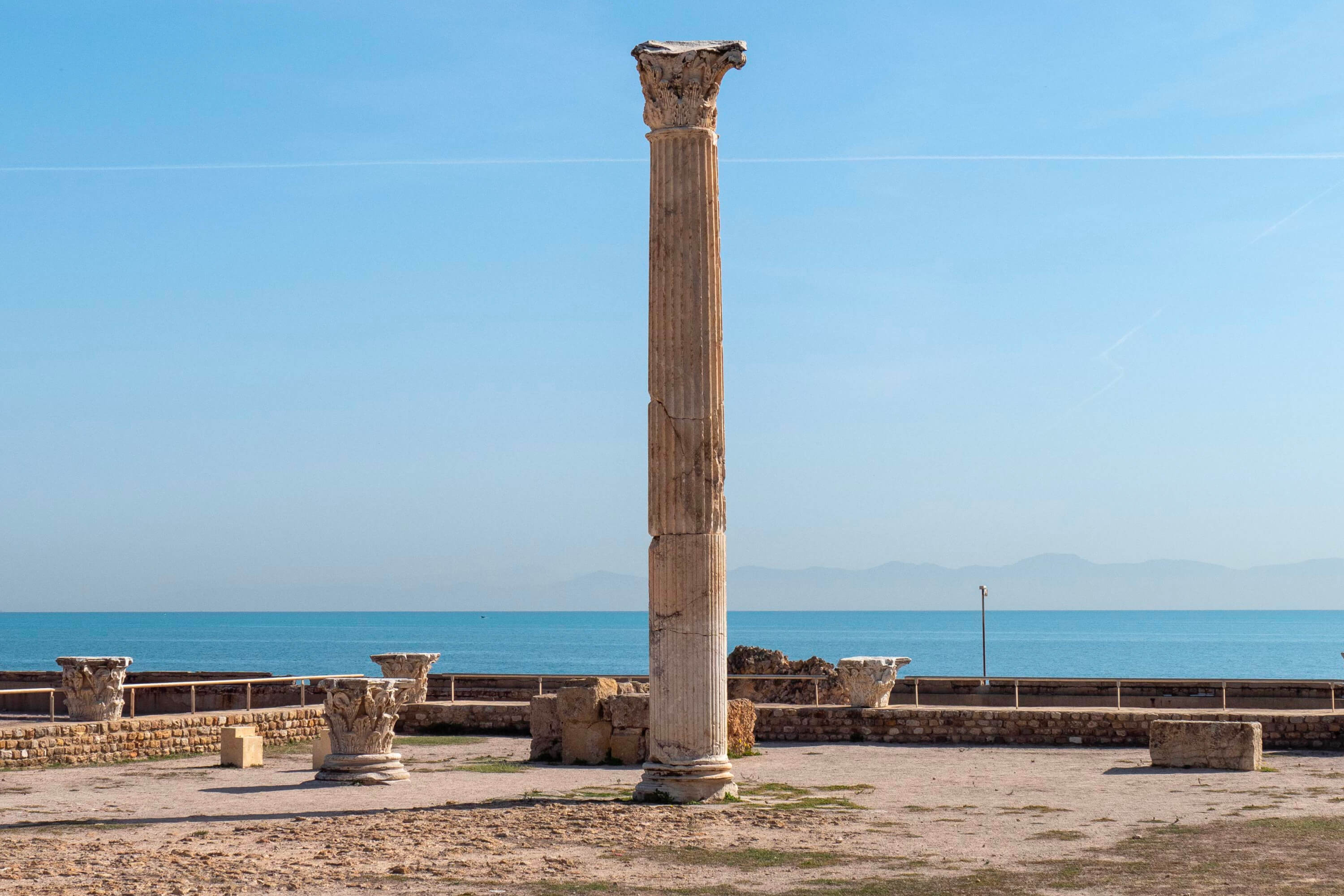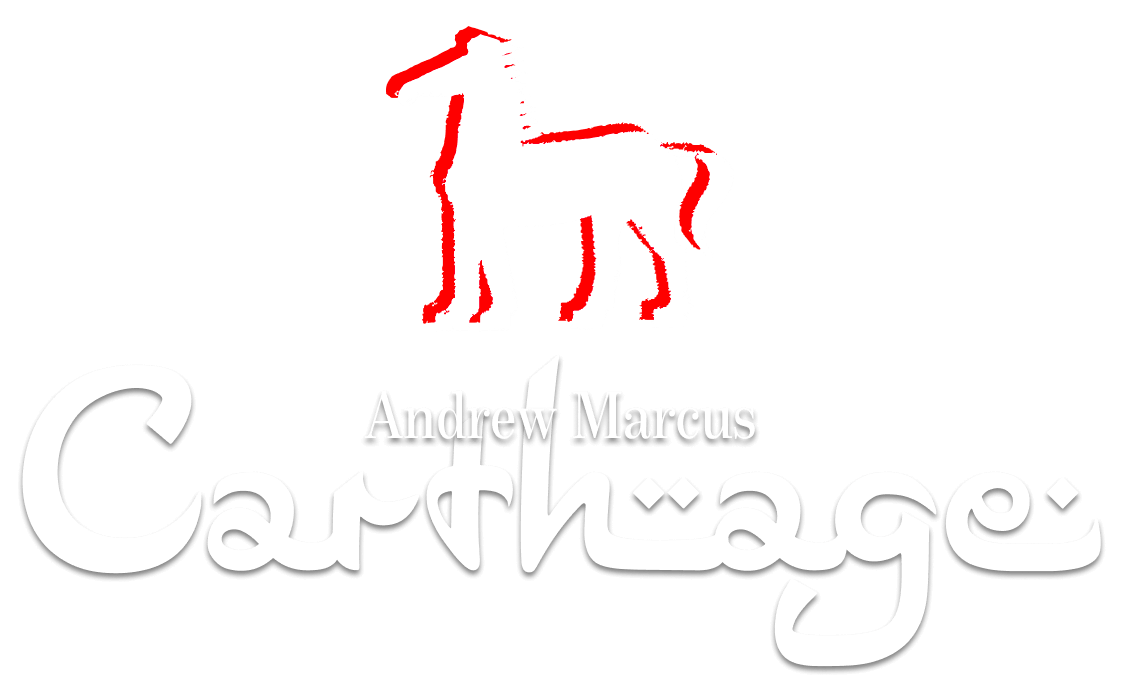Carthage
Not far from the city of Tunis lie the ruins of the ancient city of Carthage, which was once the capital of the state with the same name.
To the average reader, Carthage is primarily known from school history lessons along with the phrase “Carthage must be destroyed,” with which one of the Roman generals ended each of his speeches.
The Romans realized this necessity after Hannibal, a great Carthaginian warlord, almost destroyed Rome. Instead of breaking through directly across the Mediterranean Sea, Hannibal managed to lead his army around through all of Spain, France, and Switzerland, crossed the Alps, and struck Rome from the rear.
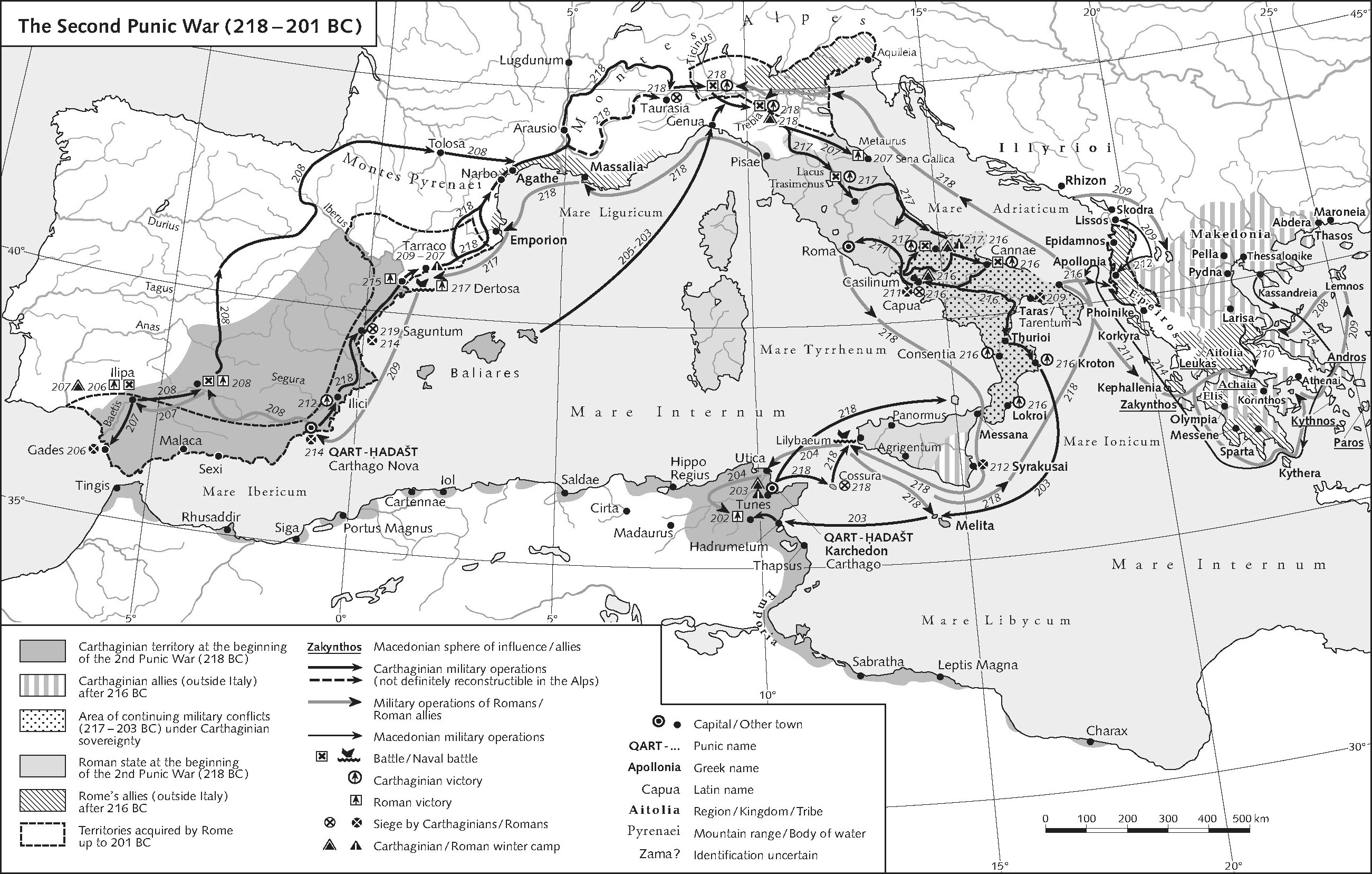
More, Hannibal made up his mind to equip his army with elephants. Imagine the eyes of the Romans when a massive Carthaginian army with war elephants descended upon them, and not from the south, but from the north.
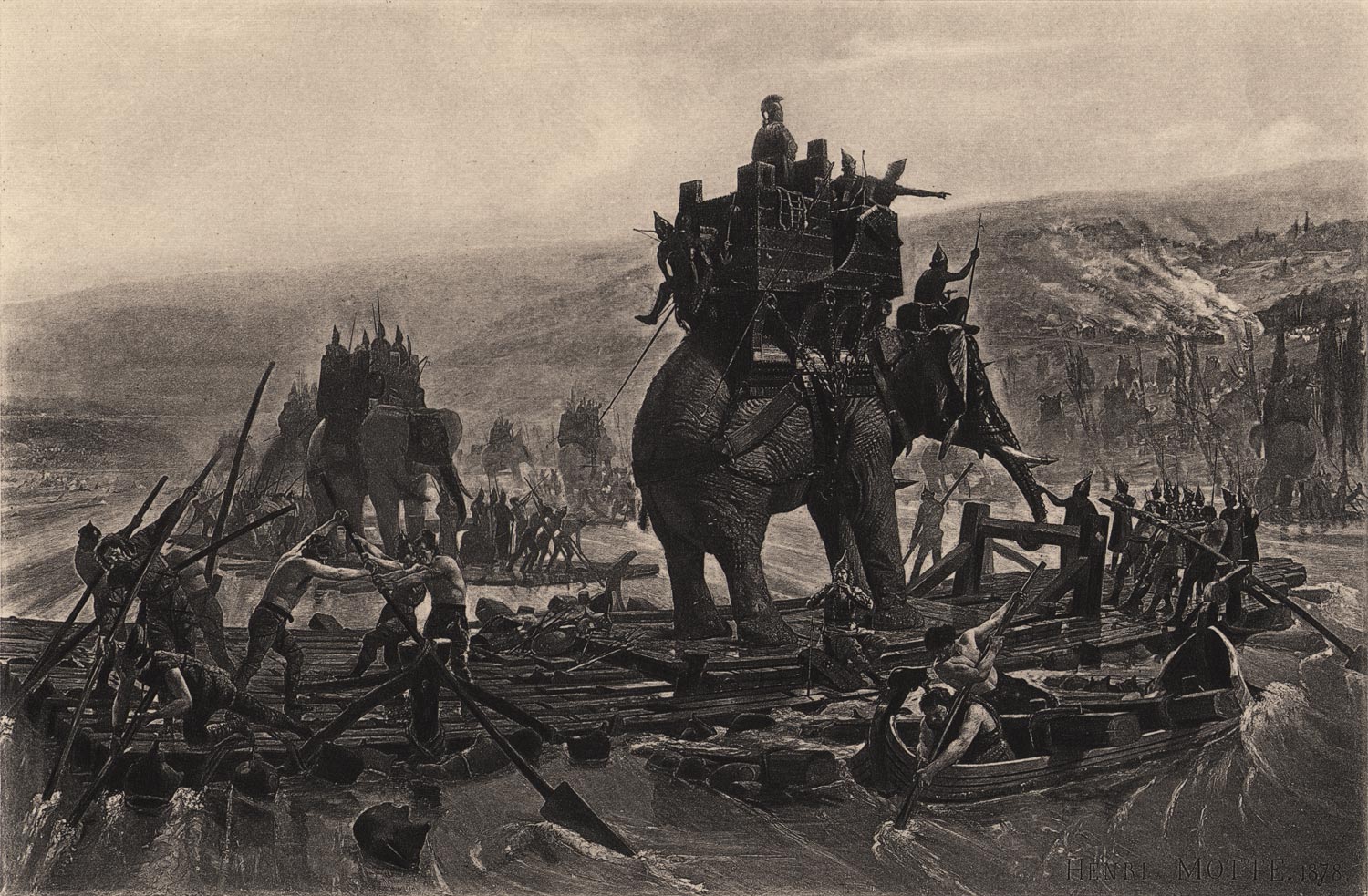
Well, Hannibal only miraculously did not reach Rome. Logistics and the overall exhaustion of his army impeded him. Eventually, he had to return to his mother Tunisia because while he was lingering in Italy, Rome landed in Carthage. In 202 BC, Hannibal fought the Roman general Scipio and suffered a crushing defeat. Apparently, it was the only one in his life, but what a defeat it was.
After this war, known as the Second Punic War, Carthage was destroyed—not in the literal sense, but politically, becoming a vassal of the Roman Empire.
It was destroyed 50 years later when Carthage tried to recover and break free from Rome’s influence. Then it was physically razed to the ground, this time destroyed in the literal sense. However, since the location was strategically important, Rome eventually built an entirely new city on the site of Carthage, which went down in history as Carthage—the same name, but distorted in Latin.
Now in the suburbs of Tunis, one can find anything but the original Carthaginian ruins. All these columns are remnants of Roman baths.
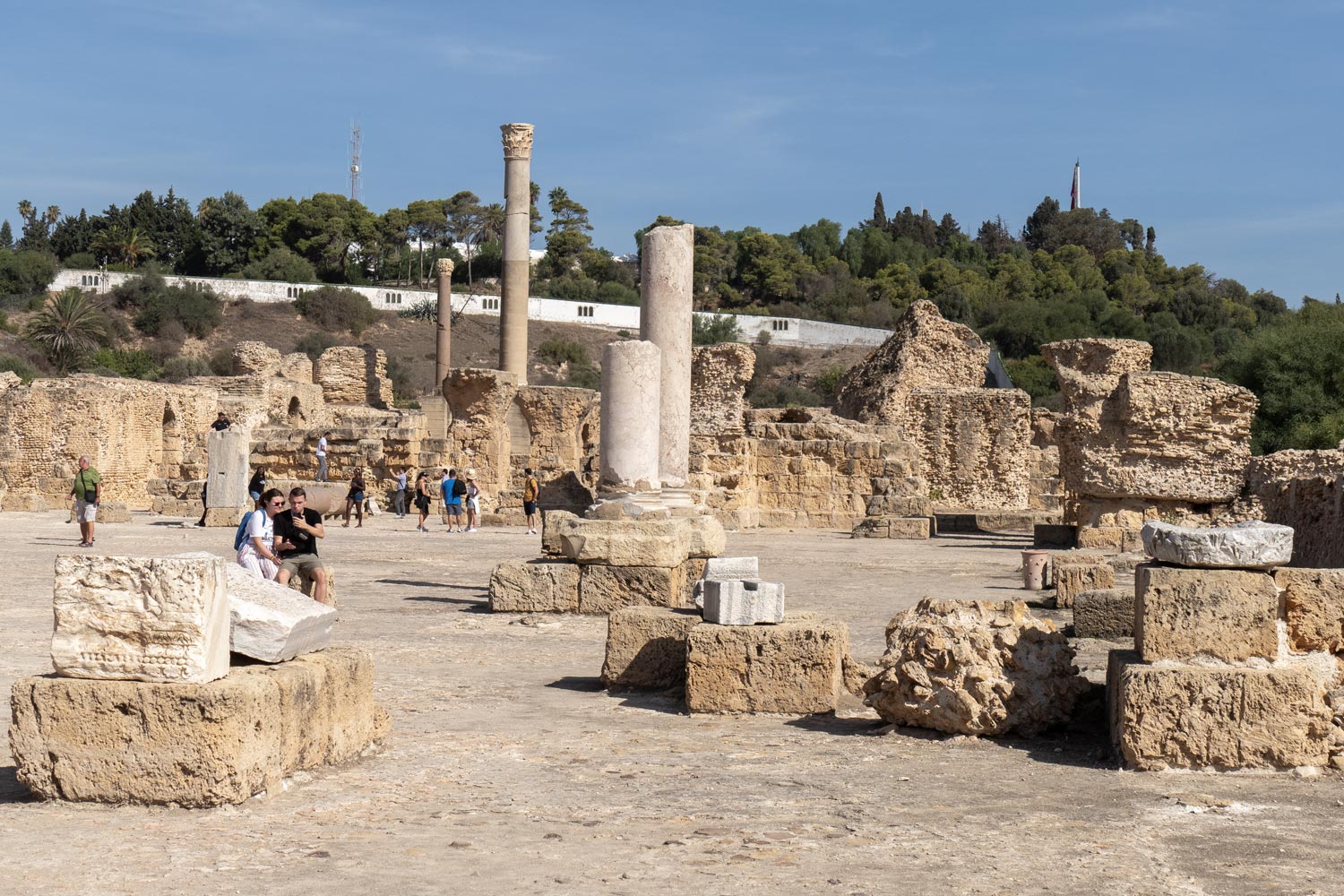
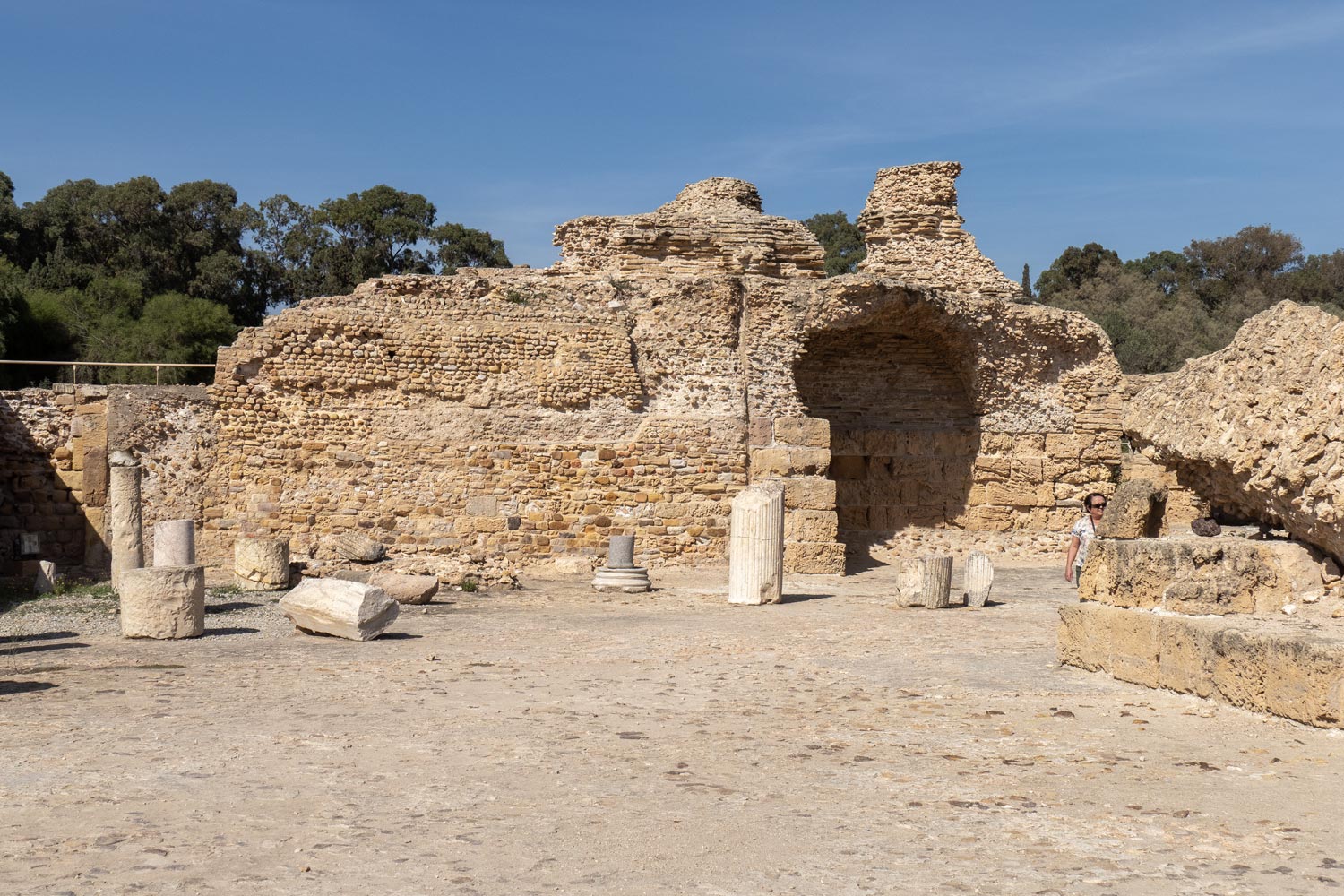
Plaques, inscriptions—all in Latin. Not a single word in Phoenician.
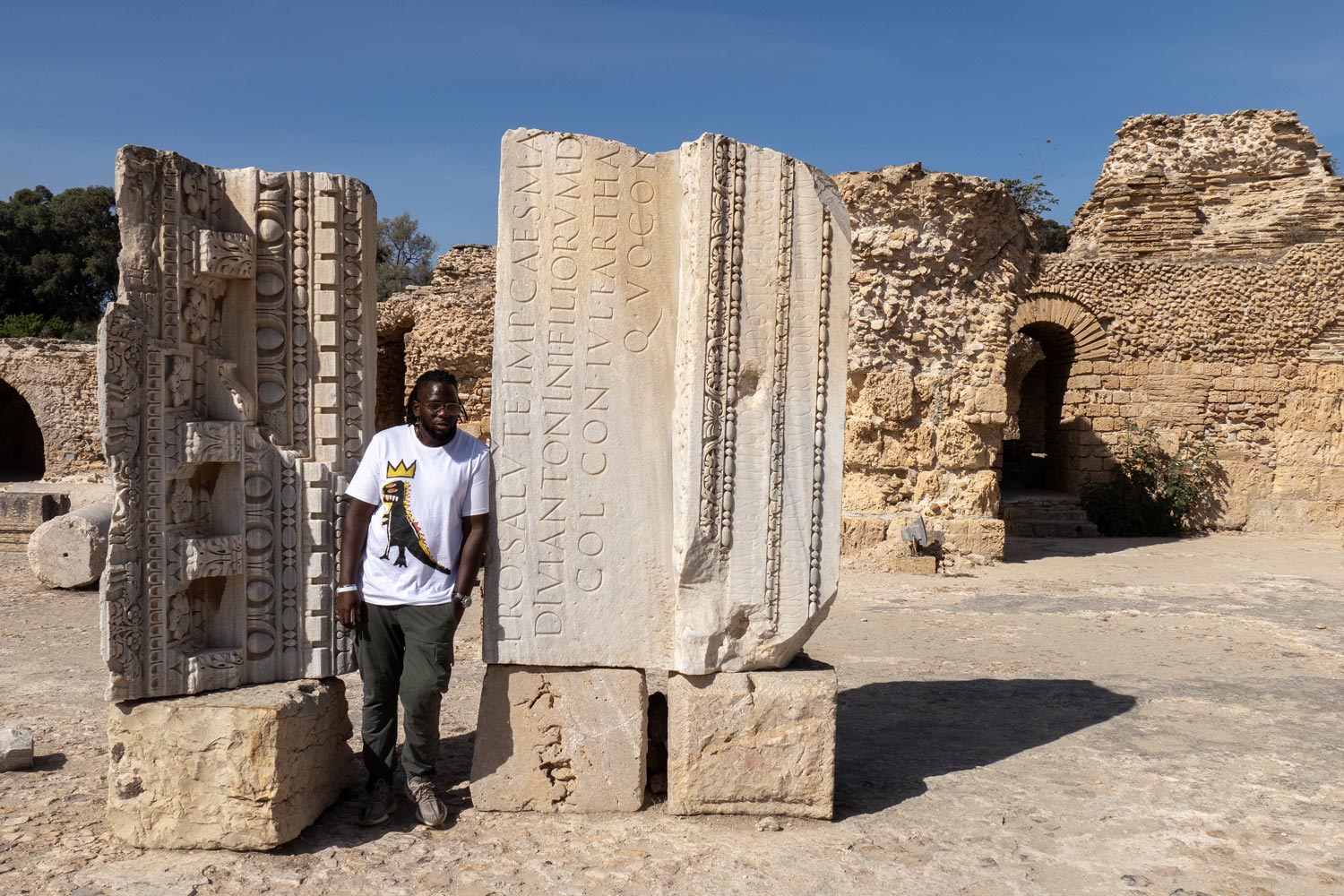
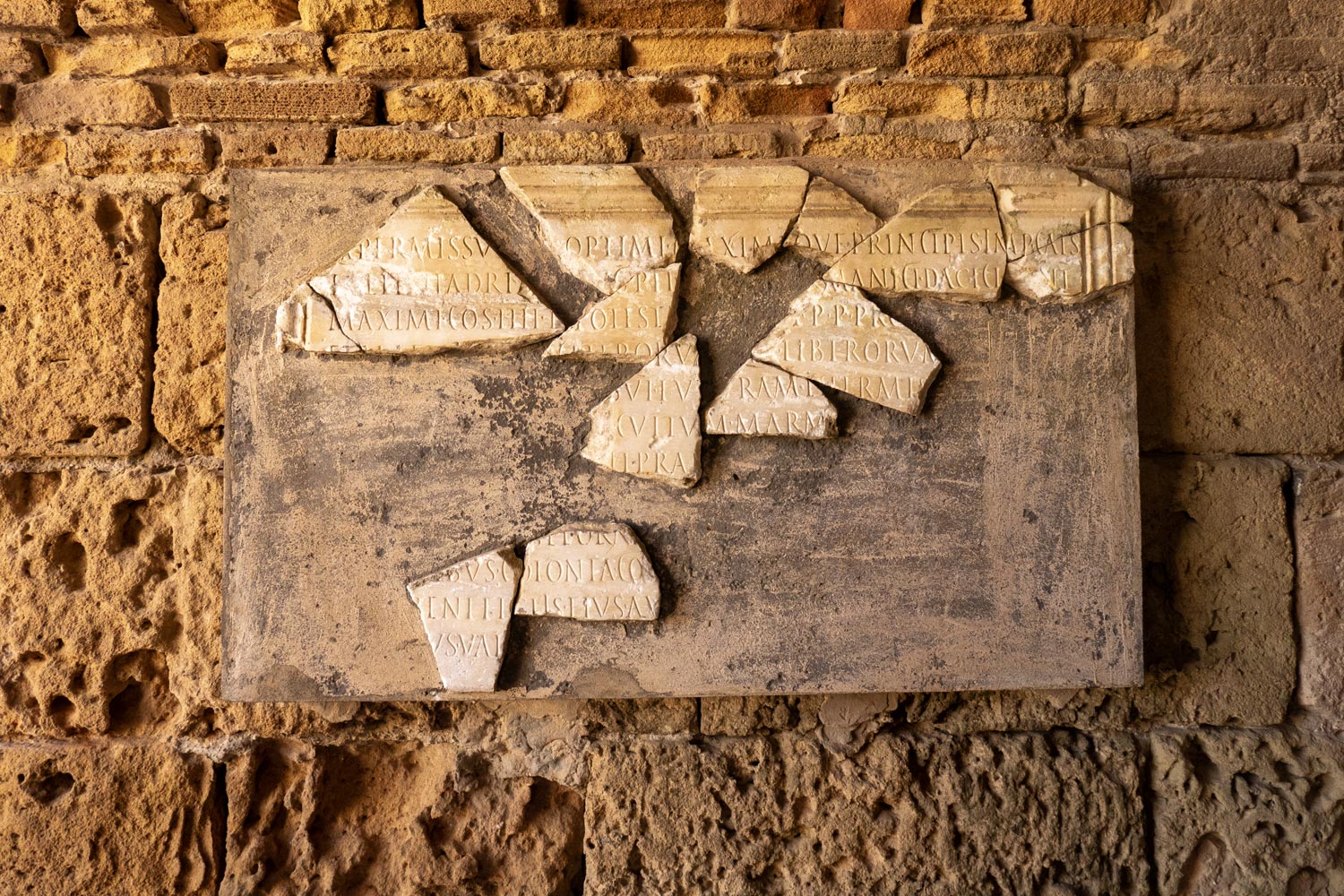
It cannot be said that there is no point in looking at Carthage at all. It is quite nice here.
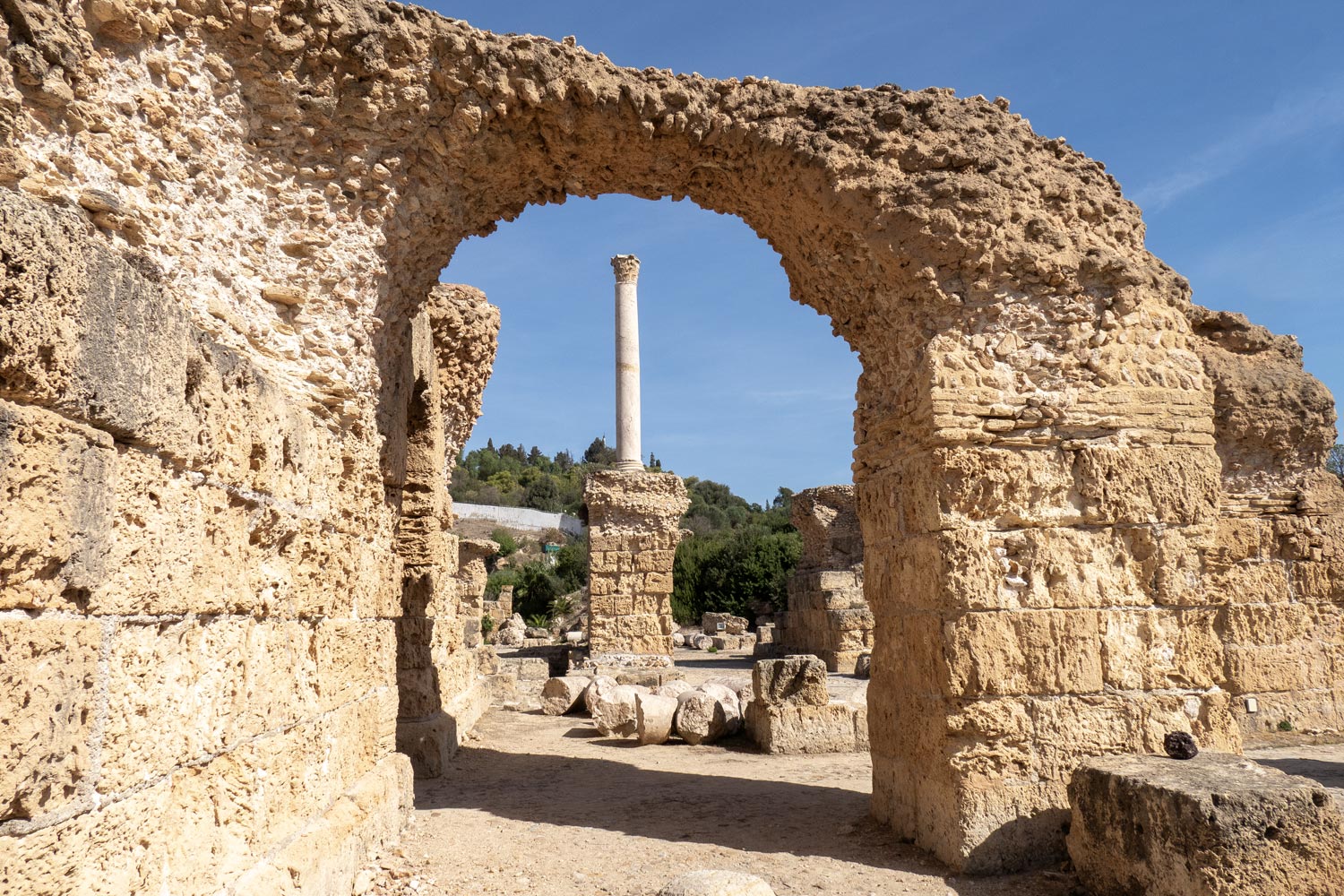
A big pros to the Roman baths in Rome itself is that any exhibit can be touched. There are no guards, no cameras, no tapes.
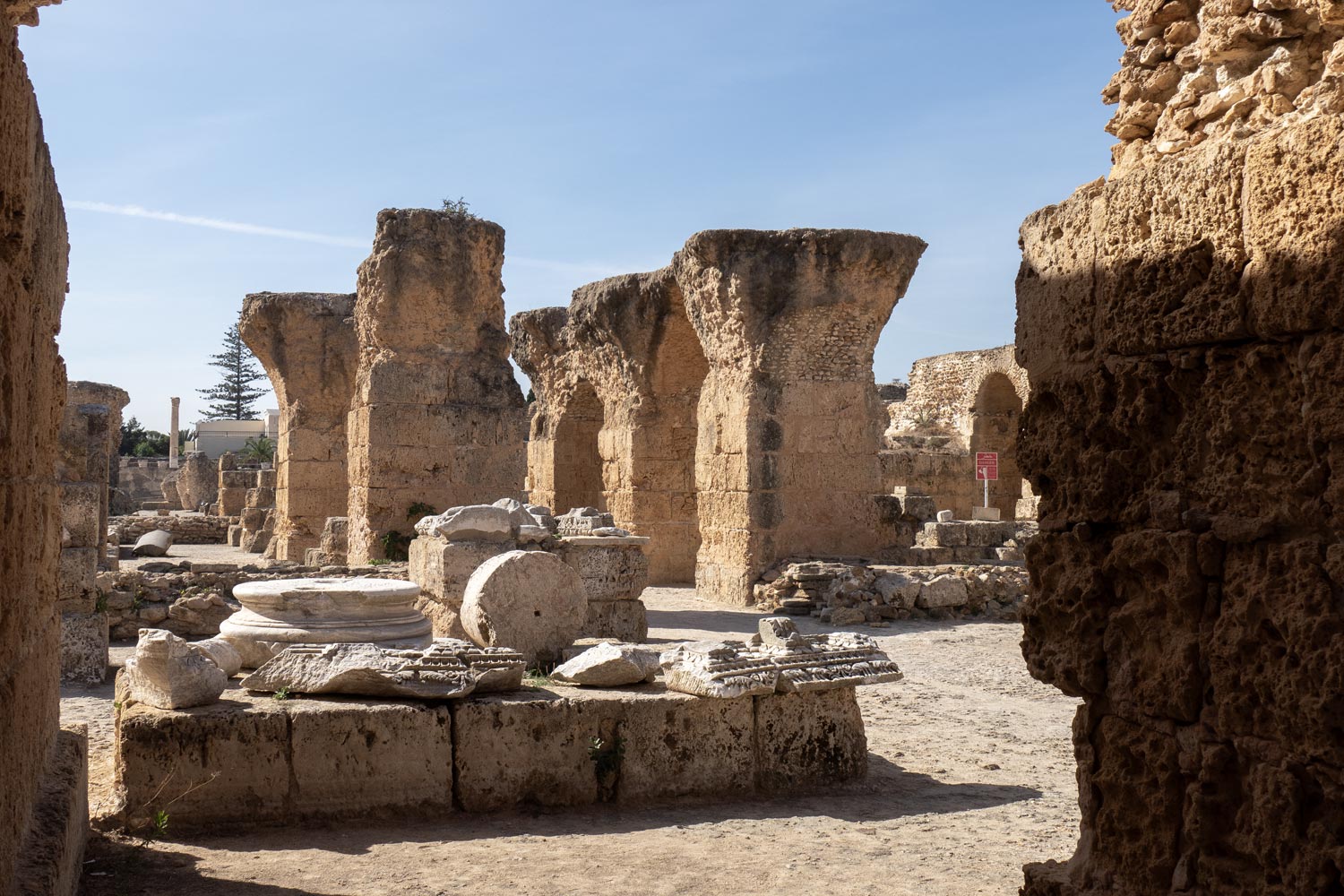
But, of course, there’s no point in flying to Tunis just for these ruins. Although it’s a UNESCO site, its value is somewhat questionable.
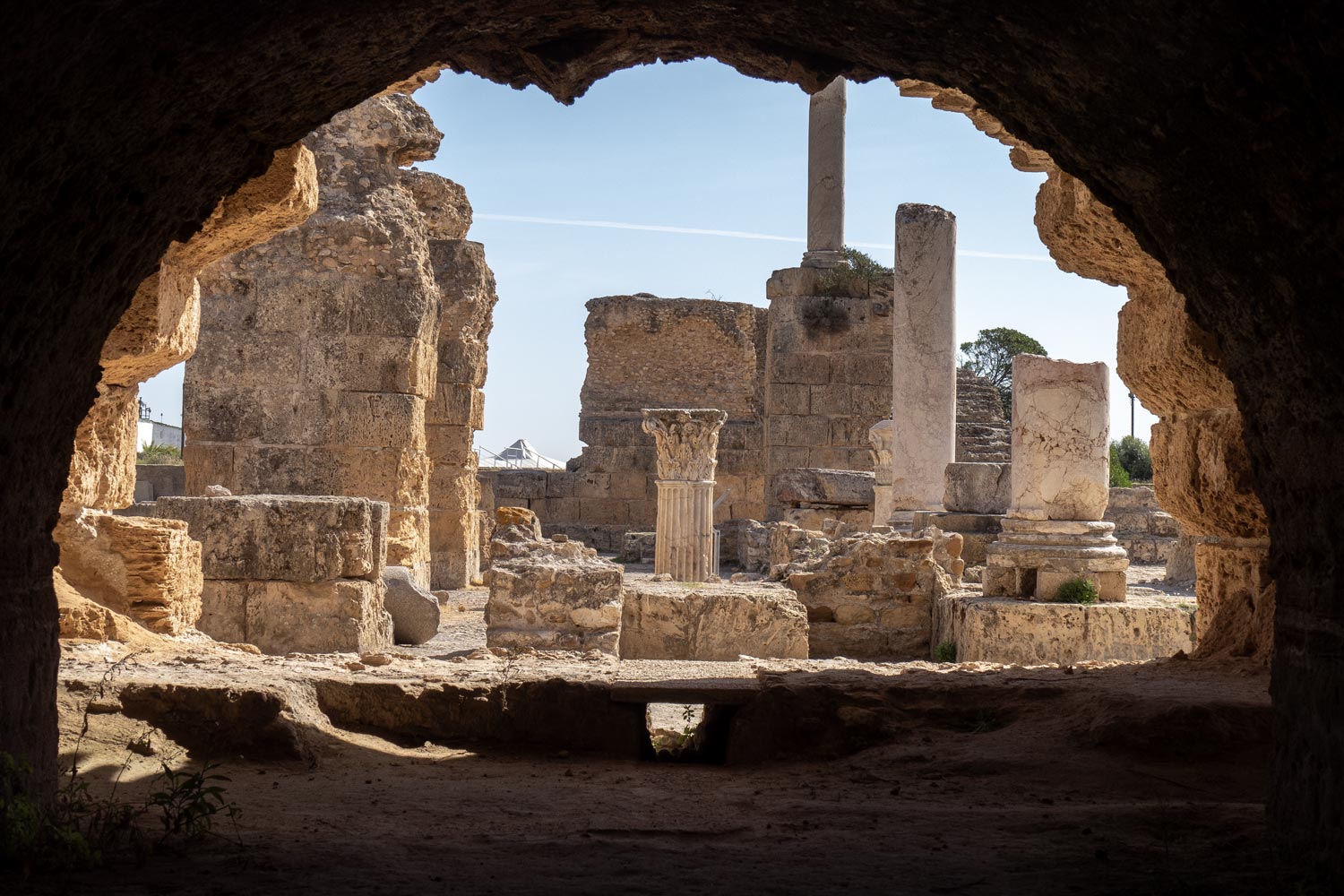
Near the ruins, there is a small necropolis. This dates back to the Carthaginian times. But there’s no point in going down into it either: underground, there is nothing but a couple of corridors and empty rooms.
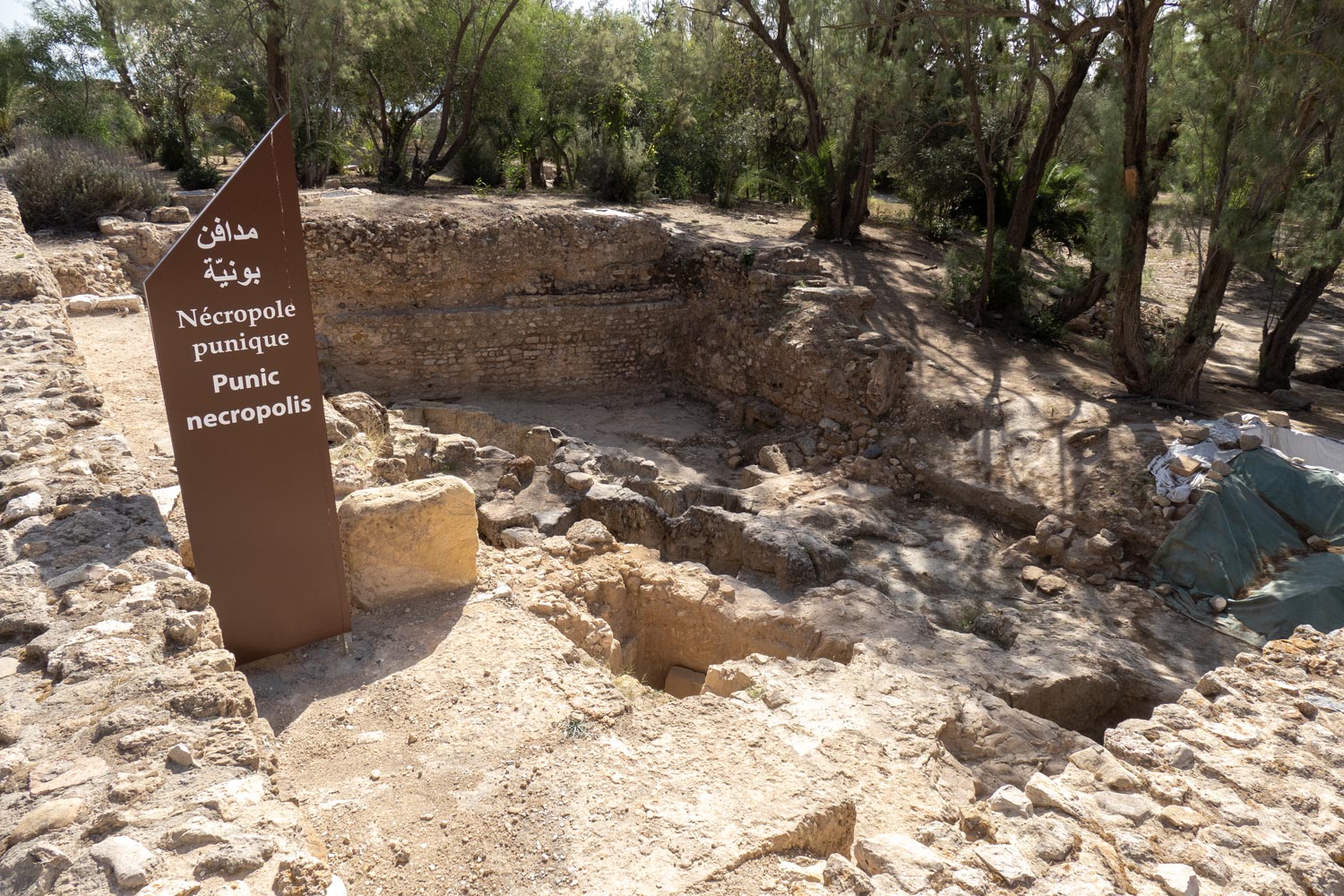
A little further away lies a Roman theater. A horse, the symbol of Carthage, is depicted on the gates.

However, there is nothing Carthaginian here either. The theater is also Roman.
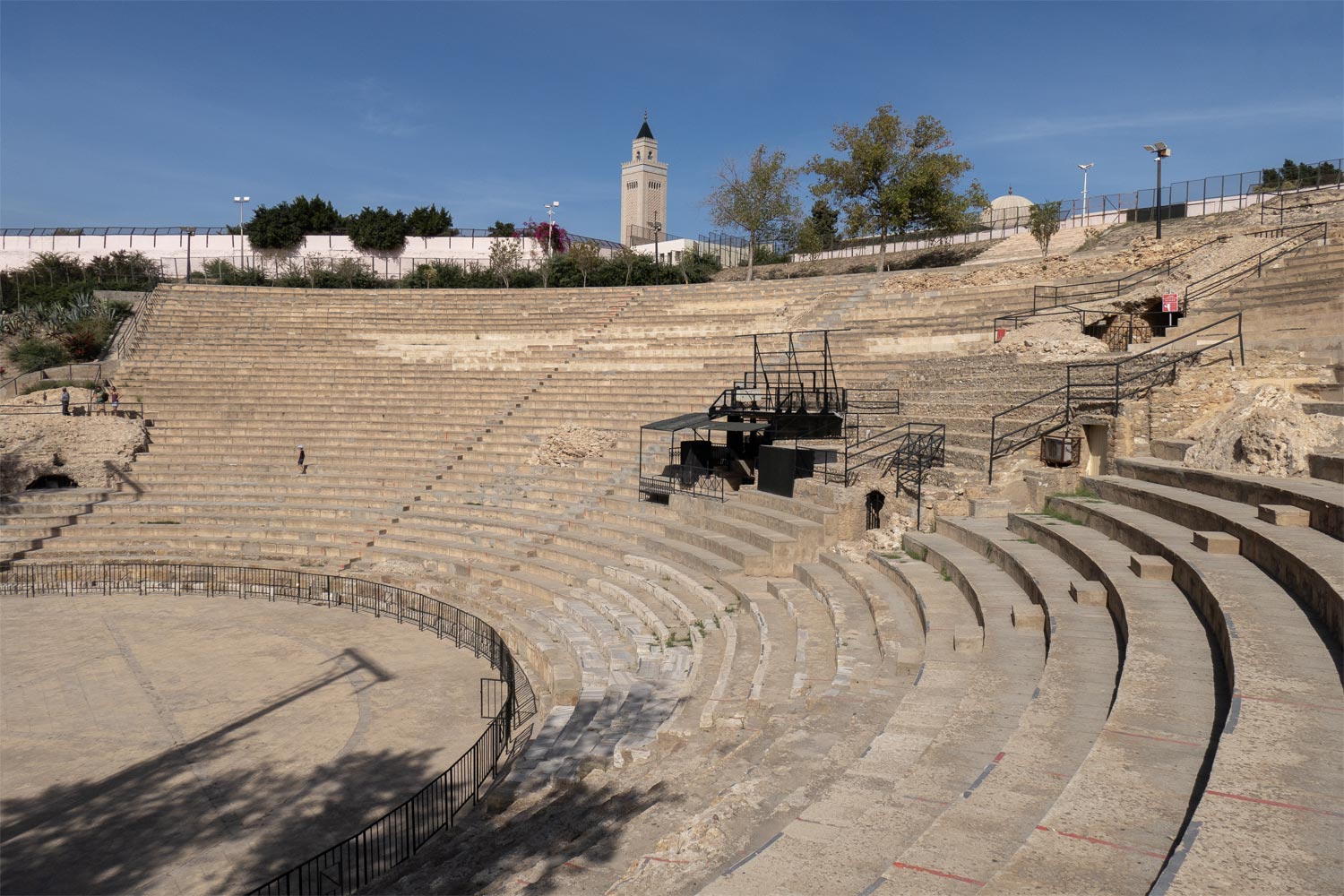
Again, the only plus is the opportunity to freely explore the ruins.
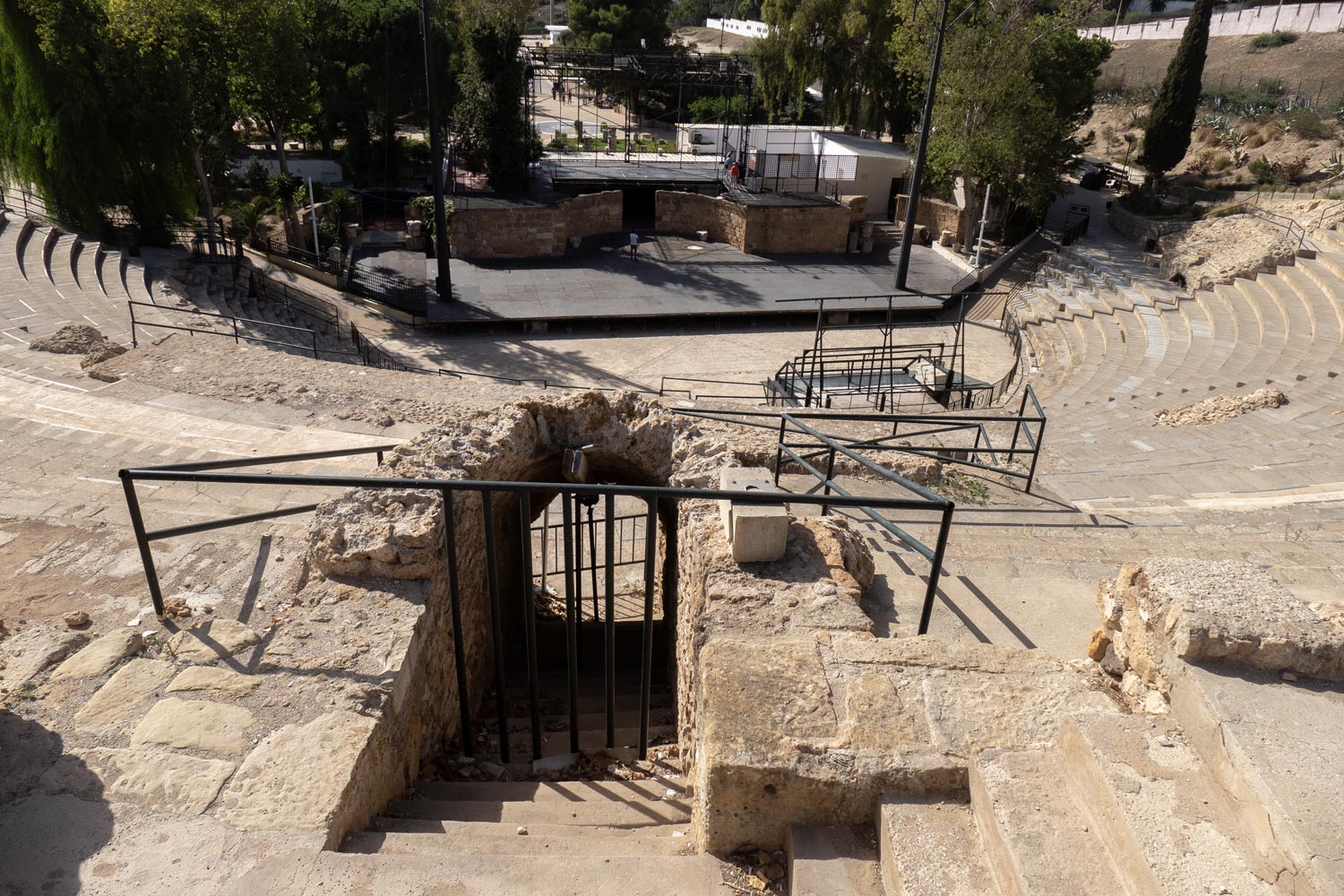
Finally, a kilometer from the theater lies Byrsa—an ancient citadel of Carthage on a hill. More precisely, what remains of it after being destroyed, rebuilt by the Romans, destroyed again by the Arabs, and a thousand and a half years of neglect.

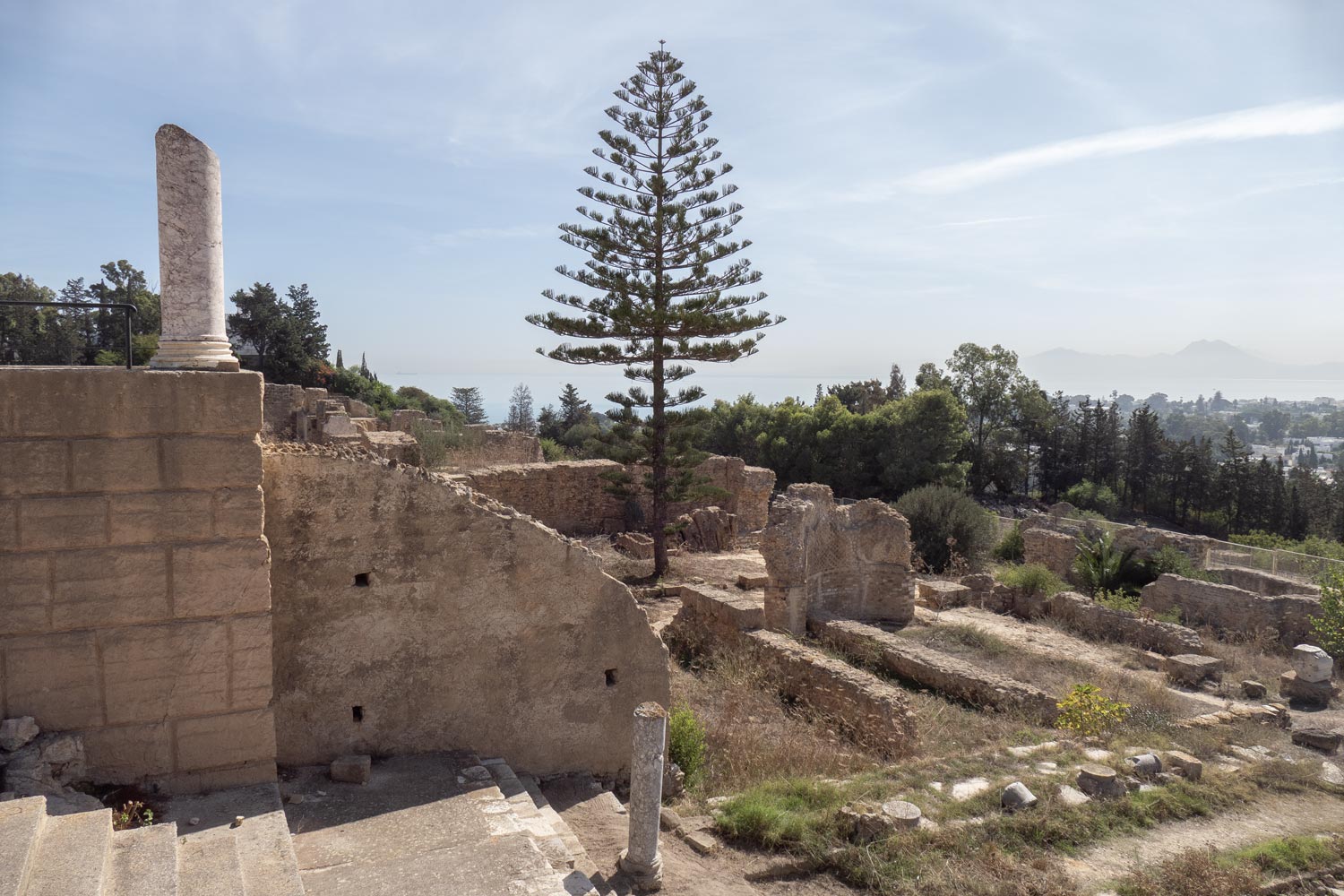
An absolutely boring place, remembered only because the author punctured his sneaker with a cactus spine and then wore it like that for 3 months because they don’t sell good Nikes in Africa.
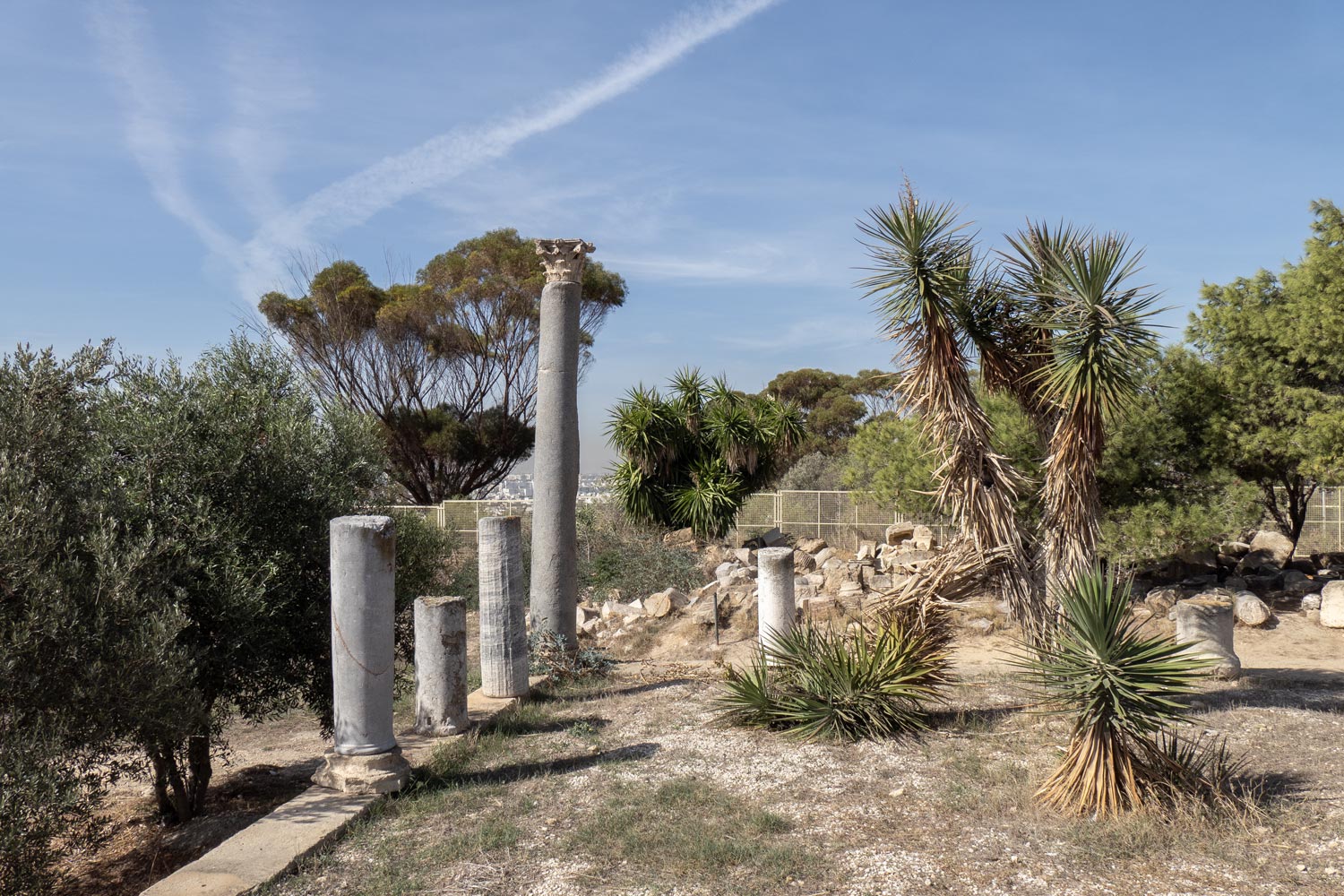
Now on the hill stands a church, built by the French in 1897.
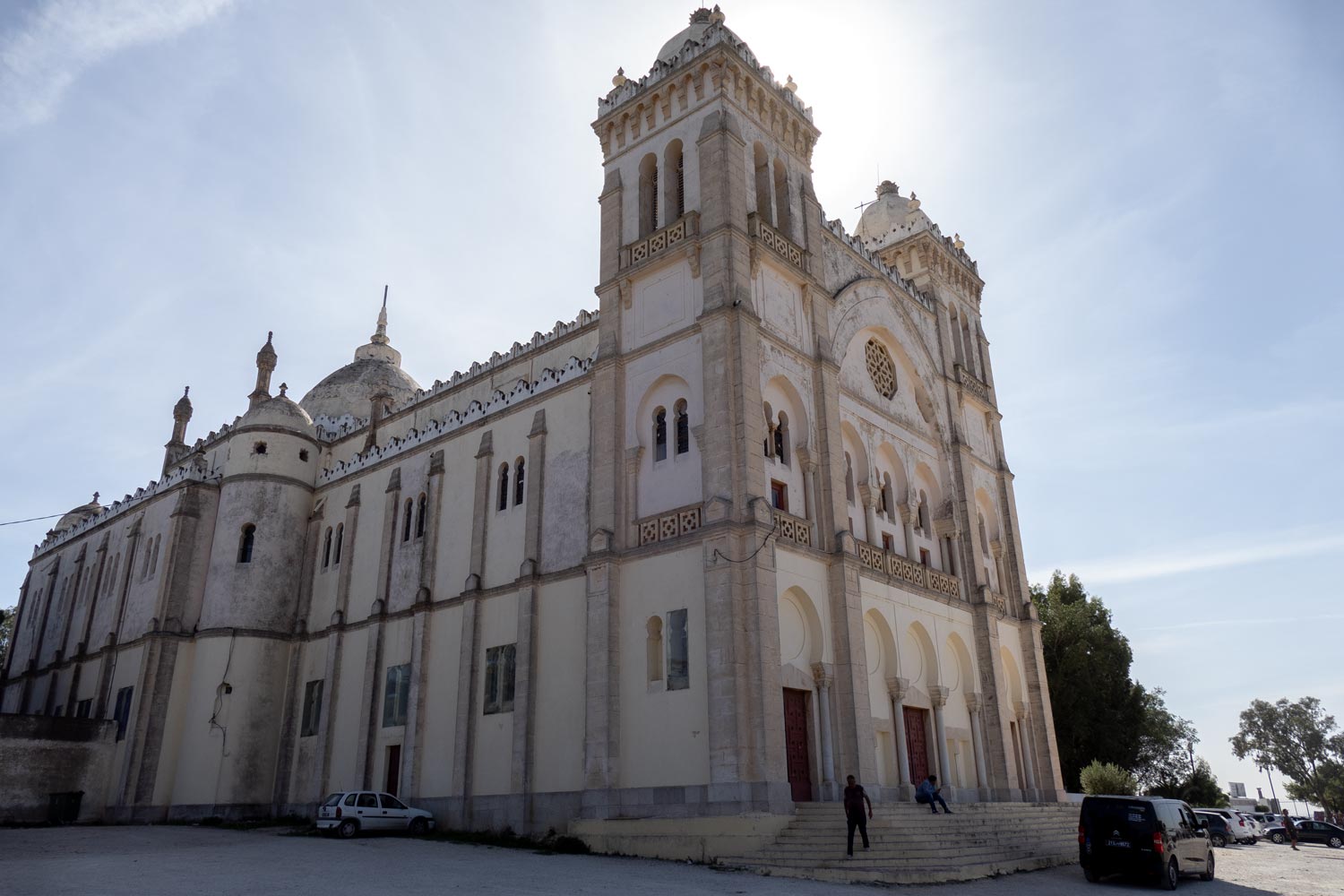
The building behind the church is also a French reconstruction, housing a dull museum-of-something.
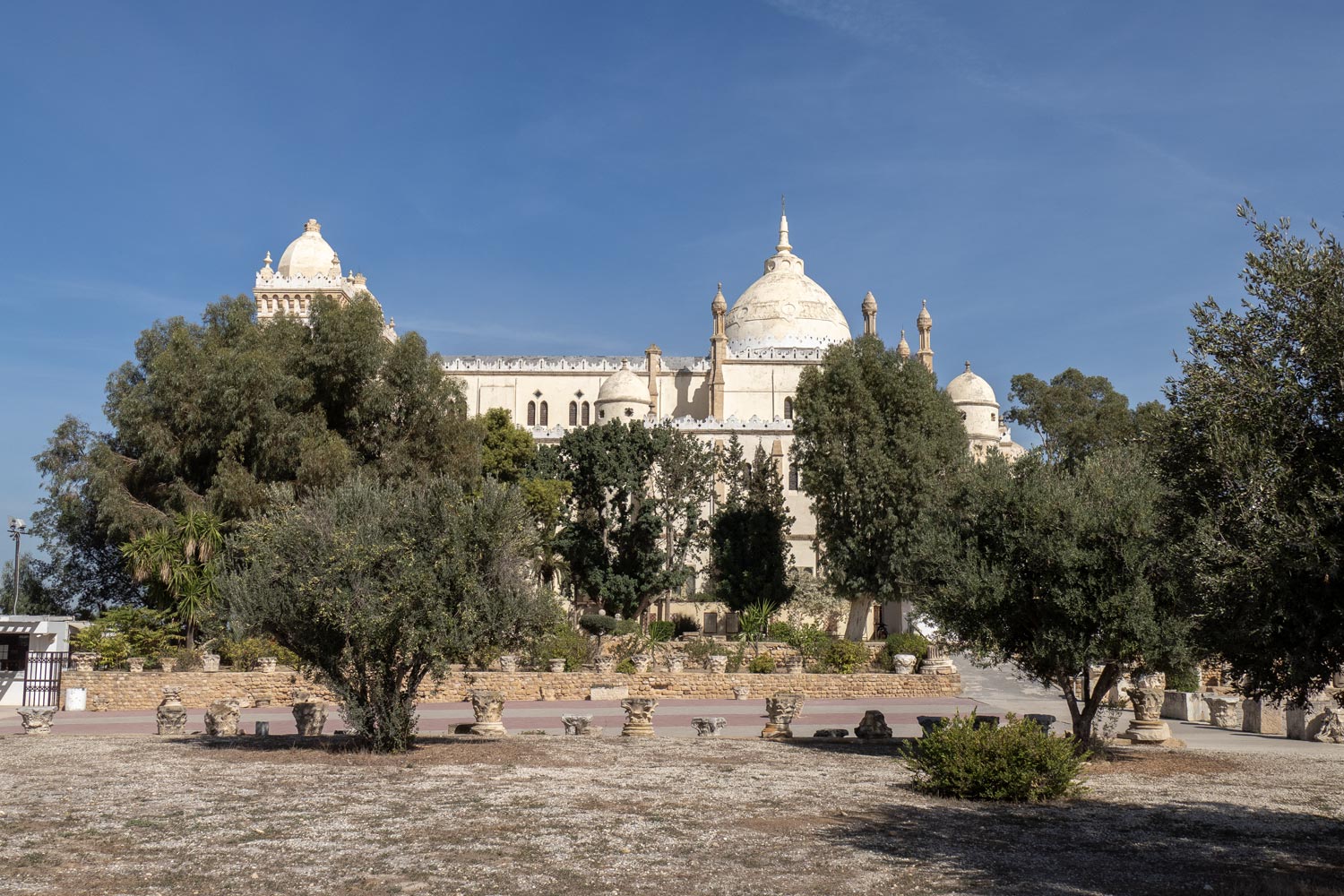
That’s basically all of Carthage.
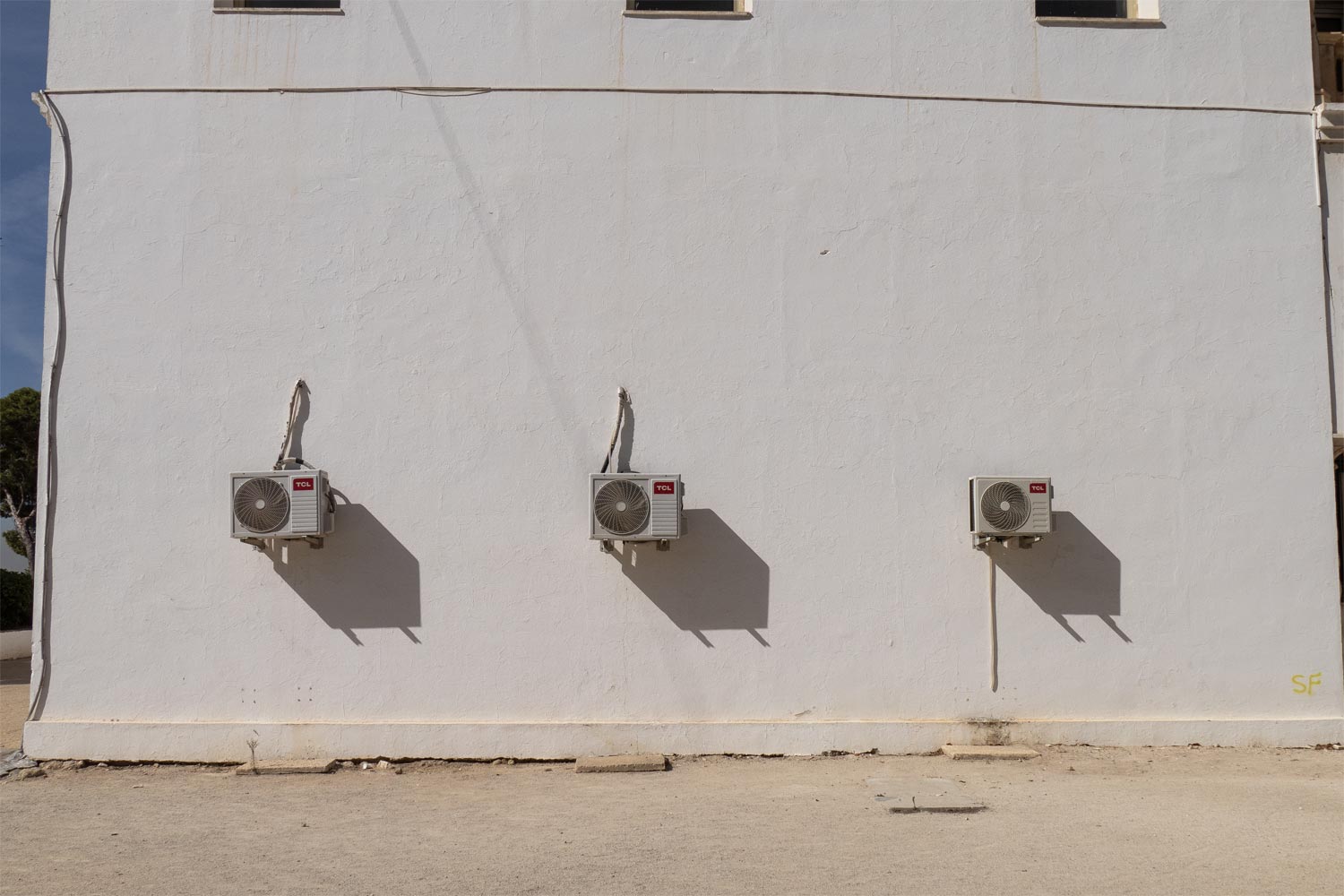
Perhaps the main attraction is Hannibal High School. Can you imagine? There’s a Hannibal High School in Tunis! Dumpy, like all of the country.
